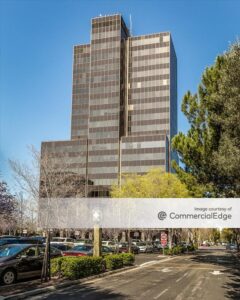The Top Alternative Asset Class on Institutional Investors’ Radar
Life science real estate is one of the leading alternative assets for institutional investors, which has grown from less than 1 percent to over 6 percent of institutional holdings over the past decade.
Its real estate assets now comprise more than one-third of the value of alternatives in institutional real estate portfolios, surpassing all other alternative assets.
A new CBRE report said it’s because the life science real estate sector has achieved better risk-adjusted returns than any other major asset types over the past decade, posting a 12.2 percent average annual total return for institutional holders compared to 7.3 percent for institutional holders across all real estate asset types.
Joint ventures have been an effective way for more investors to increase their capital allocations, according to the report, with 30 percent of life science sales in 2022–2023 involving a joint venture buyer.
“Institutional investors with limited sector experience, leveraged strategic partnerships, such as joint ventures to allocate more to life sciences real estate,” CBRE said.
READ ALSO: Emerging Life Science Hubs Stake a Claim
“These partnerships combine an institutional investor’s capital and financial expertise with an experienced operators’ subject-matter expertise, limiting risk and maximizing returns.”
Despite recent market challenges, life science industry investment remains steady. Venture capital debt and equity offerings have slowed over the past few years, although strategic alliances, M&A and grants have largely sustained total capital value.
“Ongoing investment should boost tenant demand and confidence among real estate investors,” CBRE said.
New interest in this real estate sector should keep the value growing as strong public and social sector support should bolster the life science industry over the next decade.
Meanwhile, the National Institute of Health anticipates $500 billion in investment from the federal government from 2024 to 2034, according to the US’ Congressional Budget Office.
Helping that so are long-term structural demand drivers such as the aging population, and emerging technology are spurring innovation in the U.S. life science real estate sector.
The post The Top Alternative Asset Class on Institutional Investors’ Radar appeared first on Commercial Property Executive.




